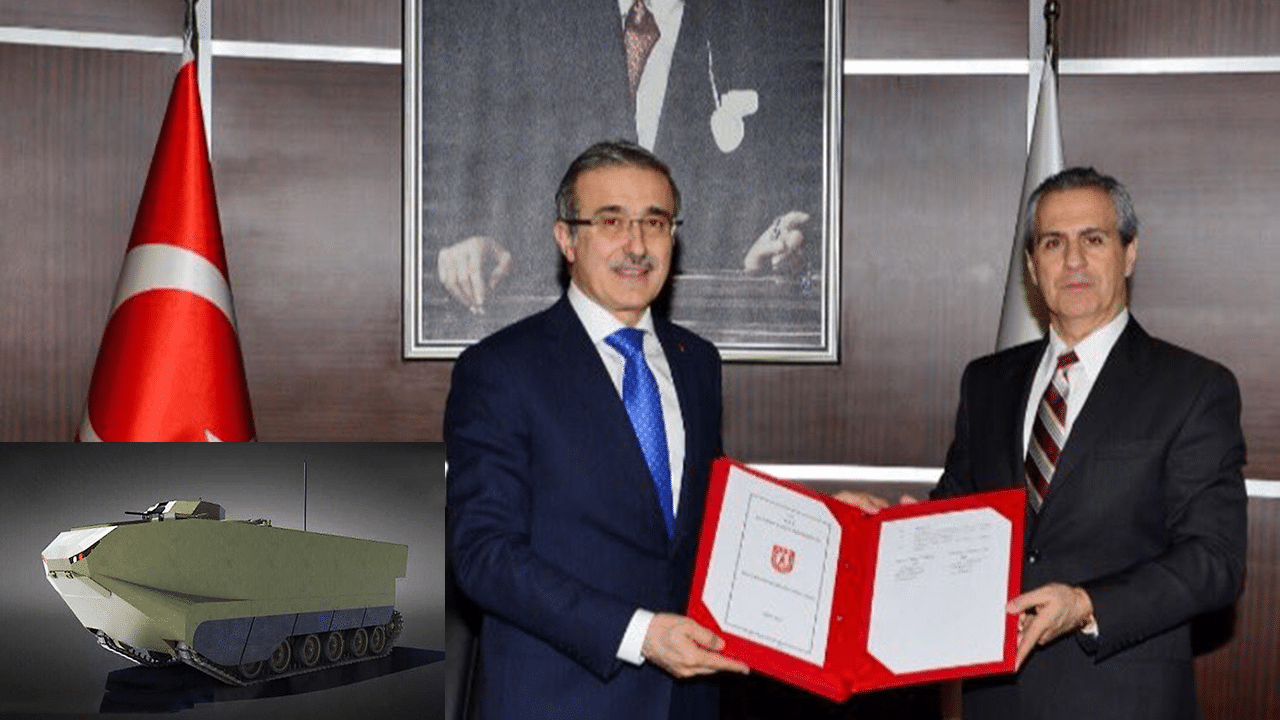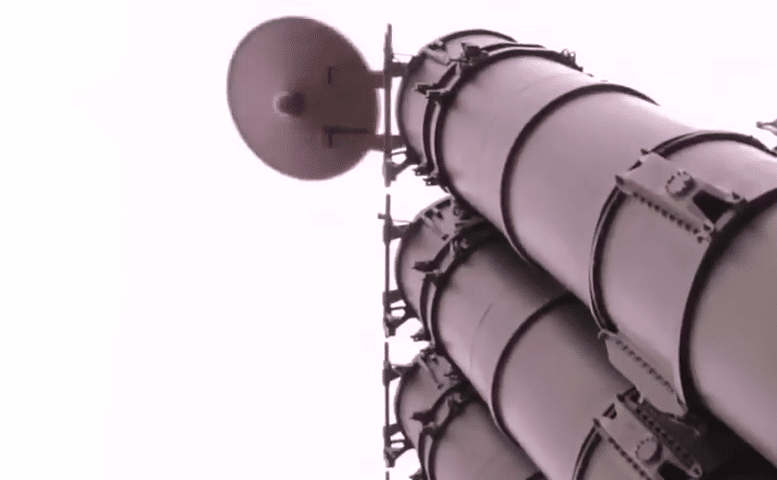2163Views 5Comments

ISRO sees through successful remote sensing satellite launch
Indian Space Research Organization (ISRO) successfully launched the 1.2-ton remote-sensing satellite Resourcesat-2A into orbit on Wednesday, 07 December.
The Resourcesat-2A was launched using a Polar Satellite Launch Vehicle (PSLV-C36) from the First Launch Pad at the Satish Dhawan Space Centre in Sriharikota, Andhra Pradesh. The satellite vehicle reached polar sun-synchronous orbit after 17 minutes of flight.
The Times of India reports that ISRO has now placed 122 satellites, among them 79 foreign systems, into orbit between 1994 to 2016.
As per ISRO, the newly placed satellite will come online within the coming days, form which it will begin providing high-quality photographic imagery of the surface.
The Resourcesat-2A is equipped with a three-tier imaging system comprised of Advanced Wide Field Sensor, Linear Imaging Self Scanner-3, and Linear Imaging Self-Scanner-4 cameras.
As per ISRO (via The Wire):
“AWiFS provides images with a sampling of 56 metres, a swath of 740 km and a revisit of five days whereas the LISS-3 provides 23.5 metre sampled images with 141 km swath and a [revisit] of 24 days … LISS-4 provides 5.8 metre sampled images with 70 km swath and a revisit of five days.”
The mission life of the Resourcesat-2A is five years.
Notes & Comments:
With PSLV-36, ISRO has once again affirmed itself as among India’s premiere research, development, and engineering success stories. Few countries in the world can count themselves as conduits for development in orbit, and ISRO has been among them, long before PSLV-36. The Resourcesat-2A will continue from the Resourcesat-2 and Resourcesat-1 in the mission of resource monitoring.



5 Comments
by Jack More
Now some people will say that It was developed with the help of Ussr etc.Just for your information,India’s space program is 100% indigenous.And next moon mission which is to be launched in 2017 was to take some help from russia to make lander but Isro refused help and made the lander indigenously.Same happened with cryogenic engine,Russia refused to help then India made it indigenously without help.Just read the history of Isro before blaming.How much crashes it suffered.
by MT
PSLV is old and tested SLV.
1. All of Indian SLV use indigenous 16 bit Vikram processor fabricated with 180 nm wafer
2. The current launch tested Indian IRNSS-NAVIC receiver capabilities ( do realize that GPS signal works up to 35000 KM so it was perfect sense to test PSLV Navic signal for IRNSS At polar orbit of 700+Km)
3. The GSLV MK3/LV3 test with newly integrated cryogenic Engine C20 is scheduled in Jan 2017 which will be able to put 4000 kg payload into GTO.
Another interesting development is towards semi cryogenic engine testing of SCE200 in 2017 to 2018(1 prototype+1 final product).SCE runs on liquid kerosene,oxygen which will lead the way for cheap,affordable and ULV-Uniform launch vehicle.
The configurations for ISRO future launch vehicles
1. GSLV MK3- Load 4000 KG in GTO-2 stage with cryogenic engine at top ( confirmed launch date: 2017 Jan)
2. GSLV MK3- Load 6000 Kg in GTO3rd stage of SCE- semi cryogenic engine (Expected launch date:2018 Dec-2019 Jan) As stopgate measure for ULV
3. ULV: at max 2 stages of Semi cryogenic engine,1 cryogenic engine for medium/heavy launch.probably solid rocket engine & liquid/hygroscopic vikas engine(single/dual parallel) for launch mass up to 2000Kg.
*ULV development is 5 yr plan if funds are issued in 2017 budget.
*Later all PSLV,GLSV will be replaced by ULV-Uniform launch vehicle depending upon various configuration for varying payload
Frequency of launch-2016
PSLV had 6 launch in 2016, GSLV had 1 launch,1 test of scramjet, 1 test of RLV-TD.
The second SLV fabrication center is delivered next year.With plans to have new launch centers at ISRO plans to have 12 launch of PSLV,GSLV from 2012 onwards which will be increased to 16 SLV launch in 2020.
There is also plan to outsource PSLV manufacturing,launch & satellite fabrication industry to private sector.
by MT
India have reached the in-flexion point in space technology where it doesnt need any help from russia.
Russian space launches are very fragile with many losses. India may need Israeli help in SAR, spy satellite development with miniaturized materials as our local fabricated processor use 1999 era local developed 180 NM wafer which are arund 10 times bigger than current 10 nm state of art processors
India have mastered semi cryogenic engine prototype scheduled to be tested next year with thrust of 2030KN which will help ISRO push into heavy launch vehicle.
The problems with PSLV was many solid engine,boosters and there was performance limit on liquid vikas engine. Even though GSLV MK3 cluster 2 vikas engine providing thrust of 1600 KN, Its ISP specific impulse of fuel which matters for putting higher payload into GTO orbit
Ofcourse, ISRO would have made1 more stage atop GSLV below cryogenic in chinese style to push GSLV MK3 to 5000 KG payload lifter but there is little gain for performance and ISRO doesnt want to follow china old regressive and slow development where they kept on clustering many engine into 1 gimbal
So aim is to release all solid engine as soon as possible in 0th stage, release N204/UMDH partial liquid engine in 1st stage & carry cryogenic engine, liquid kerosene cryogenic engine in higher stages for GSLV MK3 modified
In future, ULV engine ISRO will not carry N204/UMHH engine at all and just use
cryogenic and liquid kerosene engine.
GSLV MK3 (4000KG) +>>>GSLV MK3 with semi cryogenic engine (6000KG) +>>> ULV
(100 Kg-10,000KG)All series of configurations!
by amar
I think the current state of the art is 14nm. Anyways,ISRO could have taken chinese route of clustering vikas engine into single gimbal in PSLV and GSLV MK2 designs.This would have made it much more efficient and helped in reducing overall weight. They have gone for clustering in GSLV MK3,however to fully utilize the potential of such a giant rocket we will have to go for semi-cryogenics in the main stage.In fact plan exists to develop GSLV MK3 with capability to place something like 12t in GTO eventually.But that wont happen unless we develop a really big cryogenic upper stage.
In fact I dont understand why do we use solid fuel at all! All modern space agencies are switching over to either cryogenic or semi cryogenic engines in all stages of flight.
by ashhsingh
They really did it . Very good efforts and hardwork by them.Important thing is they are investing in civilian development aswell .
Good Job – Make India a good economic power aswell.